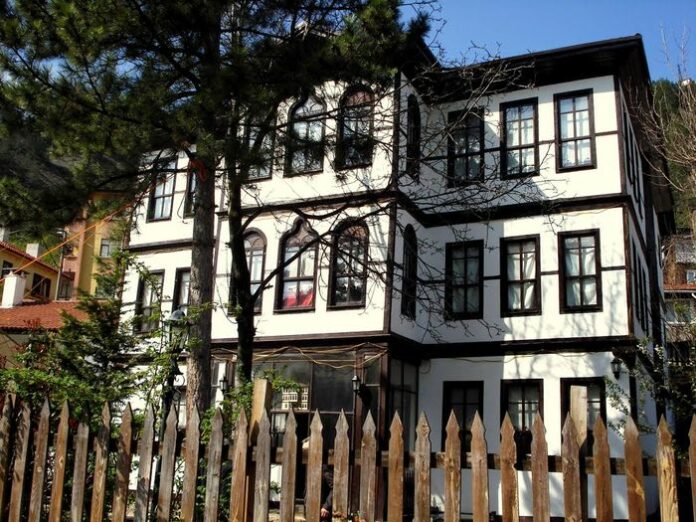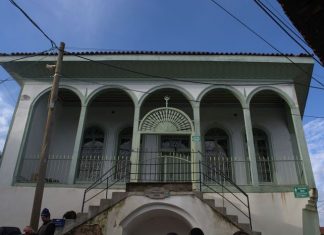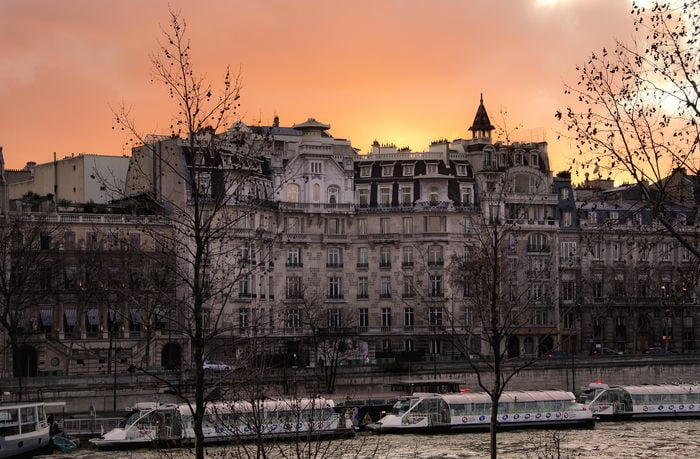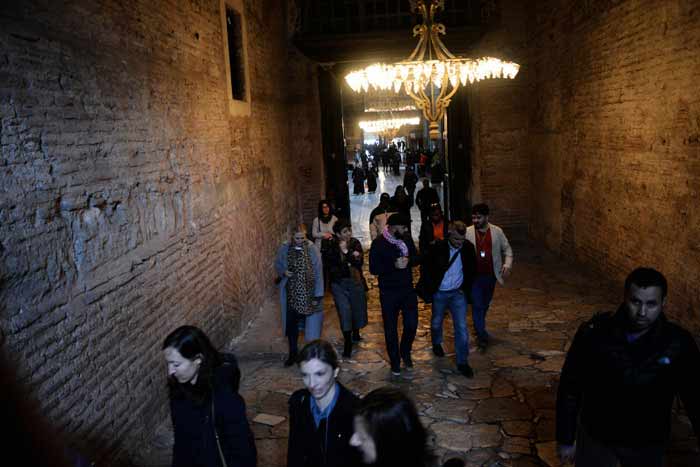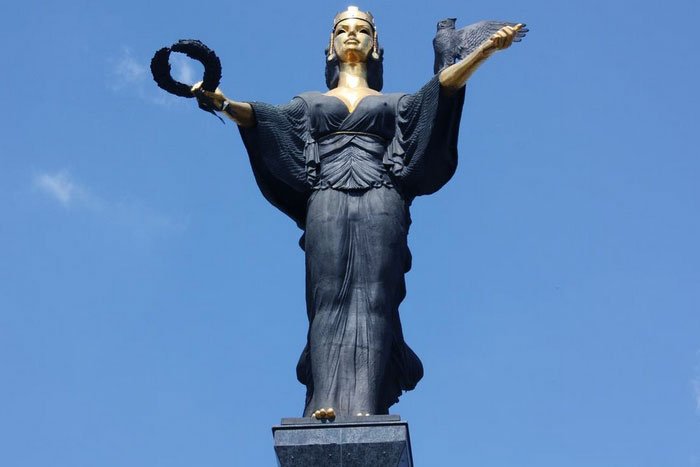In the Seljuk Museum, there is a large statue of the goddess Artemis, who was worshiped in Ephesus. This statue is important for understanding the culture and religious practices of the people in the city during ancient times.
Eutychus and the Meeting in Ephesus
In the Bible, Luke writes that there were “many lights in the upper chamber where we were gathered” (Acts 20:8). This might explain why a young man, Eutychus, chose to sit near the window during a church meeting. It’s possible that the room was hot and poorly ventilated, which made the window seem like a good place to sit for fresh air Customized Tour Istanbul.
Another reason for meeting in a place like this could be that the group was in a rented hall because Paul’s presence may have required a larger space for the gathering.
Temple-Warden Inscription in the Ephesus Theater
In the Ephesus theater, there is a well-preserved inscription on a large stone. This inscription mentions Ephesus as the “Temple-Warden” of Asia three times. The text reads:
“Ephesus, the first and greatest metropolis of Asia and three times Temple-Warden…”
This shows how important Ephesus was as a center of religion and worship in the region Private Houses in Ephesus.
The Apostle John in Ephesus
John’s Exile and Return
The early church writer Eusebius tells us that the apostle John was sent to the island of Patmos by the Roman emperor Domitian (81-96 A.D.). After Domitian’s reign, John returned to Ephesus under the next emperor, Nerva (96-98 A.D.), and he died there during the rule of Trajan (98-117 A.D.).
The Church of St. John
The Church of St. John was built on a hill northeast of the city, but it was not built until the fourth century. However, there are old stories from the second century that say John was buried under the church.
Temples and Emperor Worship in Ephesus
The Temple of Domitian
During John’s time in Ephesus, several temples dedicated to Roman emperors were built. One such temple was built for Emperor Domitian and stood near the state agora (public square). The temple featured a huge statue of Domitian. When seated, the statue was about 16 feet (4.8 meters) tall, and when standing, it was about 23 feet (7 meters) tall.
The Imperial Cult and Temple-Wardens
The Roman emperor was worshipped in many cities, including Ephesus, through the imperial cult. The worship of the emperor as a god was made official for the provinces in 29 B.C. under Emperor Augustus. By the time of Domitian, cities like Pergamum, Smyrna, and Ephesus were given the title of “Temple-Keepers” or “Temple-Wardens” because they were responsible for taking care of the temples dedicated to the emperor.
In Acts 19:35, the town clerk of Ephesus uses this title when he says:
“The city of Ephesus is the guardian (Temple-Warden) of the temple of the great Artemis.”
Some cities, including Ephesus, were called “Twice Temple-Wardens” because they had more than one temple dedicated to the emperor.
